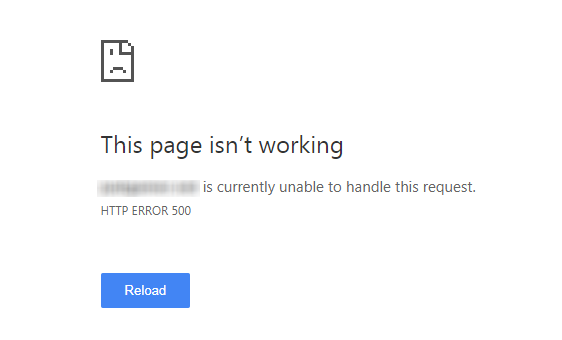An HTTP error 500 can stop users from visiting their favorite websites, accessing streaming services, or even block them from gaming. However, figuring out how to fix an error code 500 can be incredibly frustrating. Fortunately, there is a way to figure out what this response code means so users can get pointed in the right direction to solve the problem.
How to fix HTTP error 500 response
To fix an HTTP error 500, users should first know what it means. When a user types in a URL to go to a webpage (or clicks on a link), their browser sends a request for the server hosting the data to send it. The server will then send a response letting the browser know what to do next. An HTTP 200 OK response lets the browser know that the request was received and accepted, and the data is then sent, and the page loads.
However, there are other responses that the server can send that indicate issues. An HTTP 500 internal server error is a generic message that means that something unexpected has occurred and the server has not given a specific error in response. Unfortunately, this leaves the user very little in the way of help since no particular issue is listed when receiving an HTTP error 500.
As a 500 series response, the issue with this error typically lies with the server, not the client. So, there’s not a lot users can do on their end to fix the problem. Most of the time, receiving an HTTP error 500 means the site a user is trying to visit is down, and the only fix is simply waiting until it comes back up or attempting to visit an archived version of it via the Wayback Machine or Google Cache.
Users who encounter an HTTP error 500 on a site they believe should be up should reset all their network equipment and try again. If the problem persists, users should contact the site’s administrators to get assistance in troubleshooting the issue.








